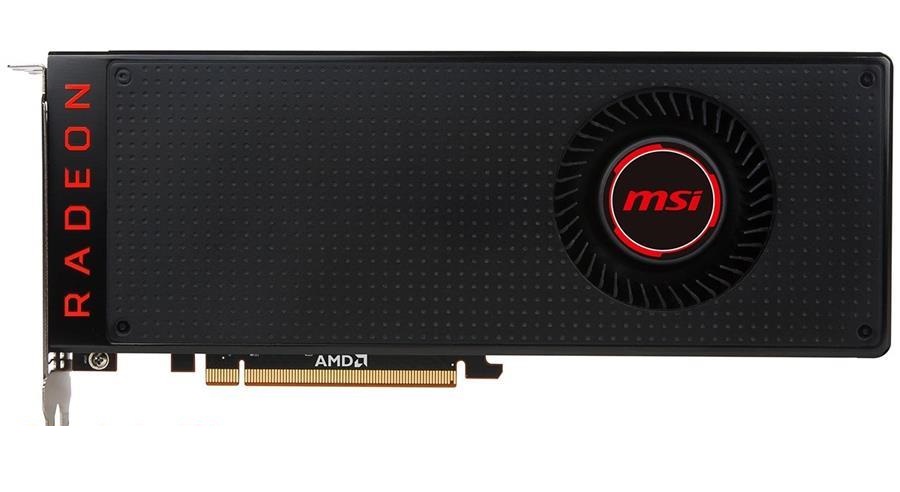
Shadow of Tomb Raider (Vulkan, Lowest Preset, no AA) Rise of the Tomb Raider (DX 12, Lowest Preset, no AA) Red Dead Redemption 2 (DX 12, Favor Performance) – HD Middle Earth: Shadow of Mordor (DX 11, Lowest Preset)

With that in mind, let’s have a quick look at the specs sheet. Now, you should only take this article as a general reference of what to expect from these platforms, and make sure to go through our detailed reviews for more in-depth tests and analysis. We’ve yet to test an ultraportable Vega8 or Vega 6 implementation, so we’ll update with that info later on. I’ve also thrown in our results from the Ryzen 7 4700U ZenBook UM433 ultrabook with the same kind of Vega 7 graphics, but much more limited cooling, which is more in line with what you should expect from mid-tier AMD ultraportables. I specifically disabled the Nvidia GPUs to see how these Vega 7/8 chips perform in an ideal implementation with an over-competent thermal module. Our findings are based on several Asus G14 configurations running on Vega 7 and Vega 8 graphics. With that in mind, the first part of this article focuses on the Radeon Vega 7 and 8 graphics, and we’ll talk about the MX250/MX350 alternatives further down.

Furthermore, some of the AMD configurations will also integrate Nvidia graphics, and it’s interesting to find out whether those AMD+Nvidia configurations are actually worth paying extra for.

Down in AMD’s camp, however, things are a bit different, as the Renoir Ryzen 4000 mobile platforms bundle some decent Vega 6, 7, and 8 integrated graphics, which could actually suffice for light and casual gaming by their own.


 0 kommentar(er)
0 kommentar(er)
